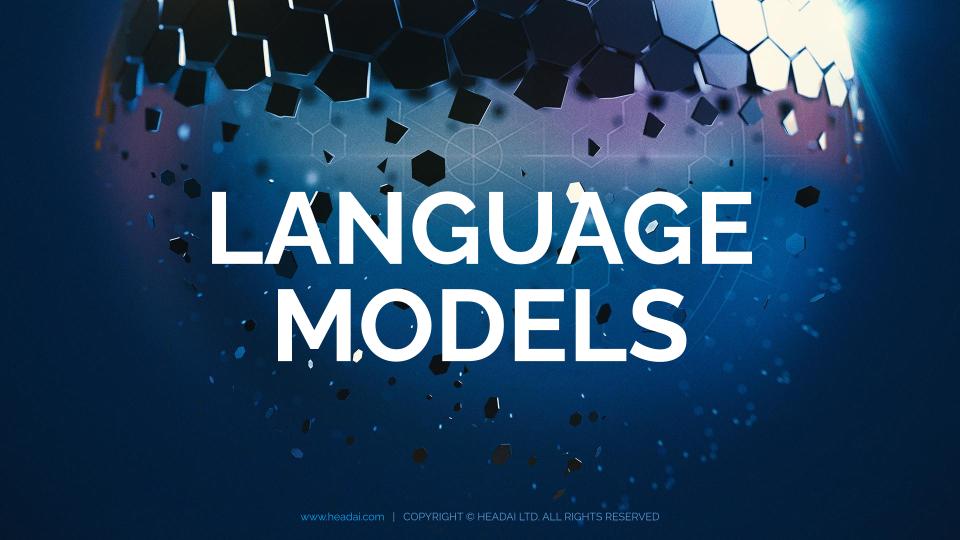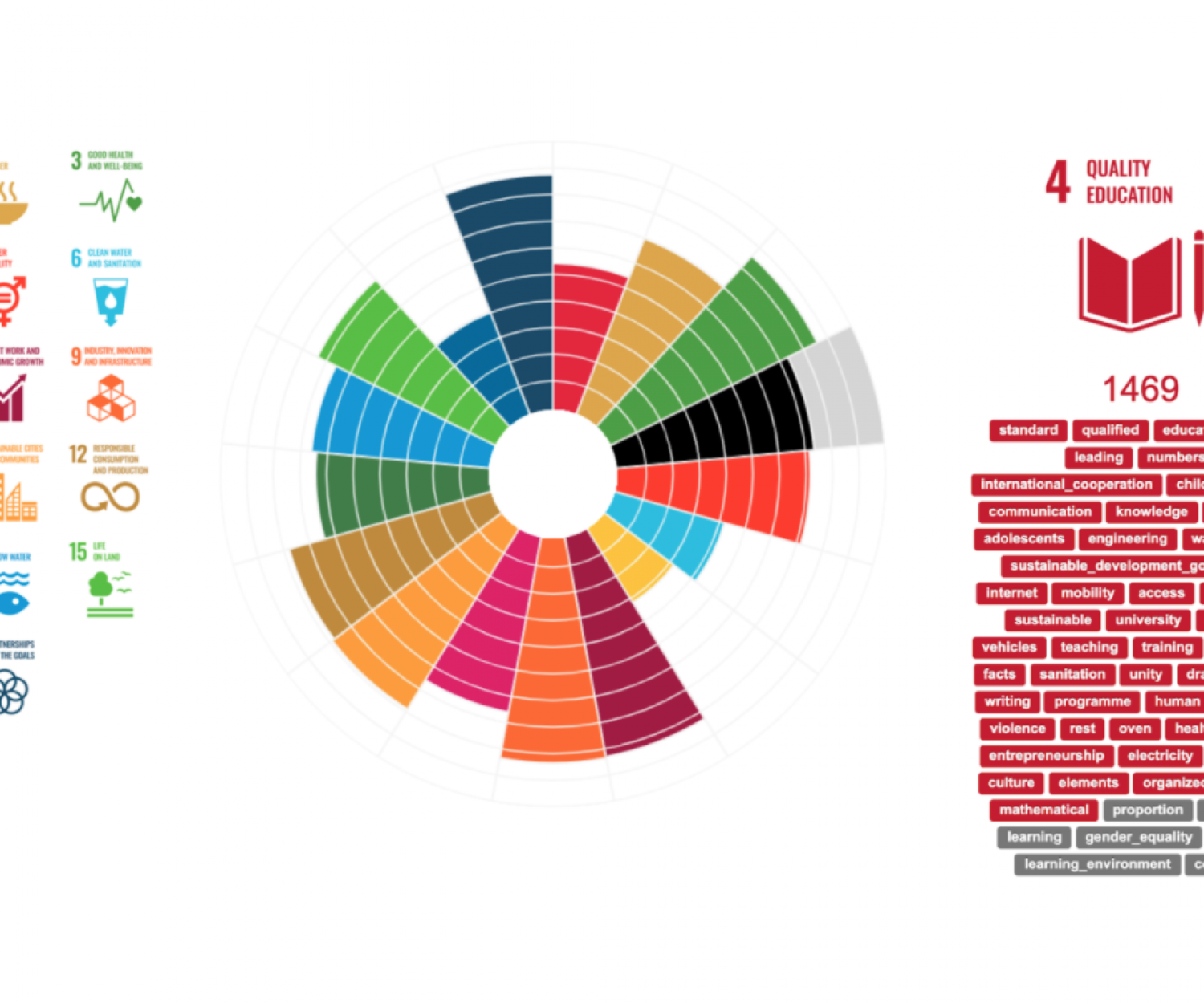Whether speaking of cognitive or generative AI, language models play a crucial role in training AI to execute the commands given to it when it comes to AI solutions processing human language. How and which language models are used therefore determines a big part of the outcome and quality of the tool. For the highest accuracy, it is important to understand how the language models behind the AI function.
1. Language models allow machines to read human language
As defined by the OECD, “AI language models are a key component of natural language processing (NLP), a field of artificial intelligence (AI) focused on enabling computers to understand and generate human language. Language models and other NLP approaches involve developing algorithms and models that can process, analyse and generate natural language text or speech trained on vast amounts of data using techniques ranging from rule-based approaches to statistical models and deep learning.”
In its essence, AI is built on three main components: the algorithm, the language model, and the data. The algorithm is the technical infrastructure dictating how the tool works, the language model is the “translator” that enables it to read human language, and the data is the information given to it to execute a specific command. A language model, therefore, allows the AI to process and produce human language (“natural language”) through training the algorithm on a large dataset. The various ways of training the language model with the dataset enable the creation of a language model as accurately as possible to ensure the highest quality of the outcome.
”While the topic of language models has become trendy in the past half year with the quick development of new AI-based tools, language models have been around and in use as long as computational linguistics”, reminds Headai’s CEO Harri Ketamo. ”We at Headai have been developing and improving our own language model for 7 years already.”
2. Language models can be general or topical
Language models are used in a number of different ways in different AI solutions to respond to different needs. In the same way as the use of various ways of training the dataset ensure the accuracy of the model, using a broad range of AI solutions together or in parallel to solve a problem contributes to a higher quality of the result. Many AI tools, for instance, most of the ones publicly available online, are trained based on data collected from internet users to create one large language model applicable as widely as possible to the prediction of a result from existing data. While this is a very convenient tool that can be applied to many use cases, it also has limitations, such as the loss of the specific context around a topic which might shape and bias the outcome, or the lack of capability of the tool to generate completely new information instead of only making predictions.
To complement these tools, some players such as Headai have created topic-specific language models instead of one all-encompassing one. While our language models are based on the same principles, each is trained on a specific dataset relevant to the topic or area of interest to ensure as accurate results as possible instead of learning from the user directly. This way we are able to make sure that the language model applied to our use cases is unbiased and always tuned to pick up the specificities of the topic or area of interest treated. Such an approach is a middle-ground solution between the use of datasets as broad and large as possible, and small, targeted datasets, with an algorithm that reads large datasets on the basis of a more specific language model.
3. Some language models are black boxes, and some transparent
With the various ways to train a language model and the complexity involved in it, it can eventually become challenging to trace back how a language model was built and how it functions. A language model that surpasses the ability of human understanding of course has the advantage of being able to go beyond what any single human would be able to do in terms of data processing, but its strengths are in predicting an outcome on past data rather than in predicting new information that would be difficult or impossible to deduct without computational tools. To respond to the need for the second one, it is also possible to create language models based on clearly defined data and clear operating principles. This transparency of course limits to a certain extent the extent and the application of the model, but it also ensures it is accurate and the data used for it processed with the complete understanding of its origin and use.
The decision to create topic-specific models is the reason we at Headai consider our language models “naked” language models. While some language models function under a black box principle and get fed virtually unlimited data the origin and exact use of which is difficult to trace back, we are able to pinpoint why an algorithm came to the outcome it did, why a word or action is connected to another, and what data it is based on. As transparency and accuracy are our priorities to mitigate the risks presented by AI, this is a crucial part of our solution. This approach also allows us to protect the data we use and the source of the data: each dataset is selected and in line with European privacy frameworks, and remains with the individual or organisation it came from.
Headai’s solution uses language models to predict terms connected to one another in our language maps. By combining the power of our algorithm with topic-specific language models, we ensure trustworthy results on any topic our customers are interested in exploring using our tool, while also keeping the data used to train our tool safe.
About Headai
Headai is a Finnish technology company developing a cognitive AI engine powering economic growth. We help organizations succeed in a rapidly changing future by helping them find answers in large amounts of data that they can’t otherwise see.
Our algorithms enable seeing the big picture in scattered data by revealing unknown connections and even explaining why they exist.
Our technology is 100% Headai IP, based on over 20 years of experience in the cognitive and computational sciences.



